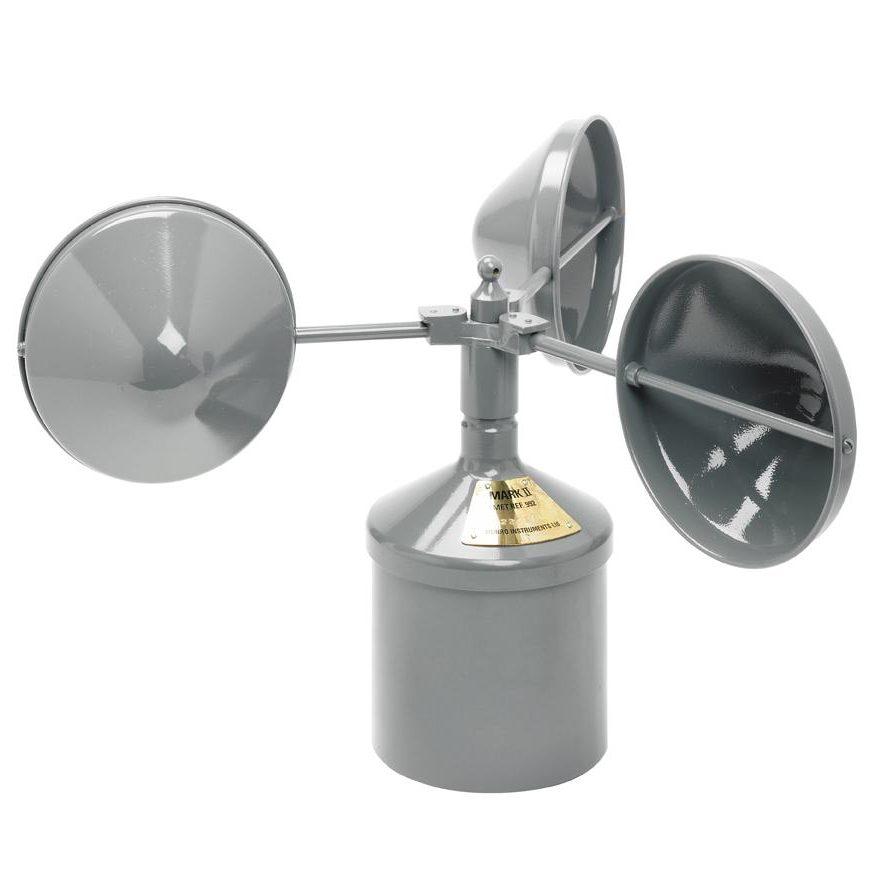Why an Anemometer is Crucial for Your Environmental Information Collection
Why an Anemometer is Crucial for Your Environmental Information Collection
Blog Article
Anemometers Unveiled: Understanding Their Importance in Ecological Monitoring and Security Procedures
The function of anemometers in ecological tracking and safety measures is commonly undervalued, yet their significance is undeniable. From weather forecasting to aviation security, anemometers play an important duty in offering accurate information that notifies decision-making procedures and improves overall security.
History of Anemometers
The development of anemometers can be mapped back to the ancient people where fundamental wind determining tools were very first utilized. These very early wind measurement devices laid the foundation for the development of more sophisticated anemometers gradually. Among the earliest well-known anemometers was the hemispherical cup anemometer developed by Leon Battista Alberti in the 15th century. This style consisted of 4 hemispherical mugs that collected wind power, giving a measurement of its intensity based on the rate of turning.
Over the years, developments in technology led to the advancement of even more modern-day anemometers, including ultrasonic anemometers and laser Doppler anemometers, using enhanced precision and efficiency in determining wind speed and instructions. The history of anemometers showcases an amazing journey of innovation and progress in the field of weather forecasting.
Sorts Of Anemometers
Throughout the field of meteorology, various types of anemometers have actually been established to properly measure wind speed and direction. Sonic anemometers utilize ultrasonic signals to gauge wind speed and instructions properly. Hot-wire anemometers run based on the principle that the cooling result of wind on a warmed wire is proportional to the wind speed.
Applications in Meteorology
Having actually gone over the different kinds of anemometers made use of in meteorology for determining wind speed and instructions, it is necessary to discover their useful applications in the area. Anemometers play a crucial duty in weather forecasting by providing accurate and real-time data on wind conditions (anemometer). Meteorologists use anemometers to keep an eye on wind rate and instructions to forecast weather patterns, problem warnings for serious weather occasions like hurricanes, tornados, and typhoons, and evaluate climatic conditions for aeronautics safety
In weather forecasting, anemometers help in comprehending regional and neighborhood wind patterns, which are vital for predicting climate adjustments and figuring out weather trends. These devices are additionally used in study to study microclimates, urban heat islands, and air pollution dispersion. Furthermore, anemometers are utilized in farming to maximize plant administration techniques, such as watering and pesticide application, based upon wind conditions.
Value in Air Travel Safety
An integral element of making certain aviation security depends on the careful surveillance of wind conditions making use of anemometers. Anemometers play an important function in aeronautics by providing real-time data on wind speed and instructions, aiding pilots in making educated choices during trip, landing, and liftoff. Solid and uncertain winds can substantially influence aircraft operations, making it necessary for aeronautics authorities to count on precise wind dimensions to make sure the safety and security of guests and team.

In the vibrant environment of aviation, where also small modifications in wind speed and direction can have profound results, anemometers stand as crucial devices for promoting secure and secure flight.
Function in Environmental Research
How do anemometers add to developments in environmental research study? Anemometers play an essential role in environmental study by offering vital information on wind speed and instructions. This details is crucial for recognizing numerous atmospheric procedures, such as read this post here air contamination diffusion, climate patterns, and environment change. By precisely gauging wind attributes, anemometers aid researchers examine the activity of toxins airborne, assess the effect of industrial exhausts, and predict the spread of contaminants in the atmosphere.


Final Thought
To conclude, anemometers have actually played a vital function in ecological tracking and precaution. With an abundant background and various kinds offered, these tools have actually been extensively utilized in weather forecasting, aeronautics safety and security, and environmental study. Understanding the value of anemometers is essential for accurately gauging wind speed and instructions, which is look at this now important for predicting climate patterns, making certain risk-free air travel procedures, and carrying out ecological researches - anemometer. Their contributions to these areas can not be underestimated.
One of the earliest known anemometers was the hemispherical mug anemometer developed by Leon Battista Alberti in the 15th century. Over the years, improvements in modern technology led to the development of even more modern-day anemometers, including ultrasonic anemometers and laser Doppler anemometers, offering increased precision and effectiveness in determining wind rate and direction. Hot-wire anemometers run based on the concept that the cooling impact of wind on a warmed cord is symmetrical to the wind rate. Meteorologists make use of anemometers to check wind speed and direction to forecast climate patterns, issue warnings for severe climate events like storms, storms, and twisters, and analyze climatic problems for aeronautics security.
Comprehending the importance of anemometers is crucial for properly gauging wind rate and direction, which is crucial for discover here forecasting weather patterns, guaranteeing secure air travel operations, and conducting environmental research studies. (anemometer)
Report this page